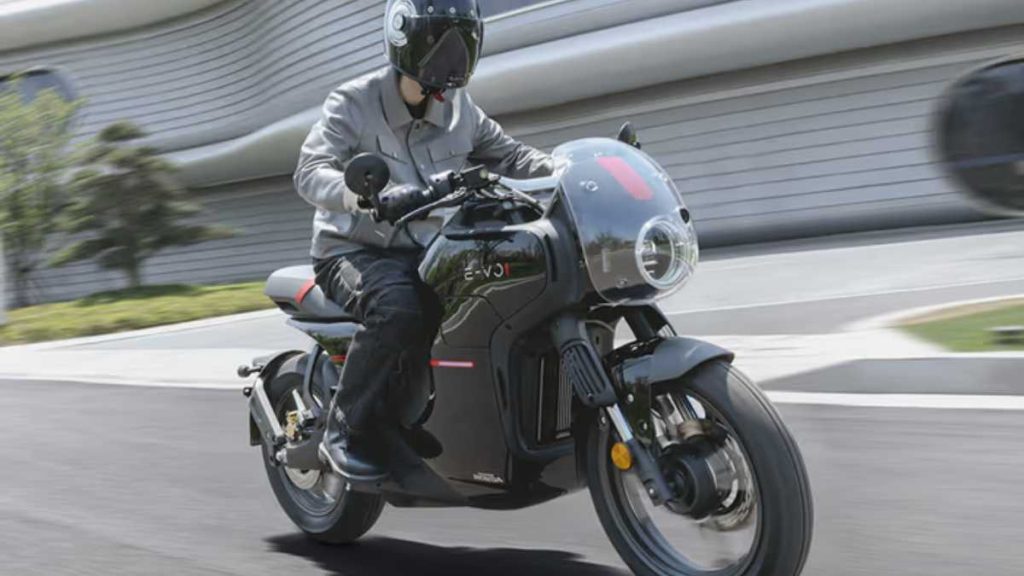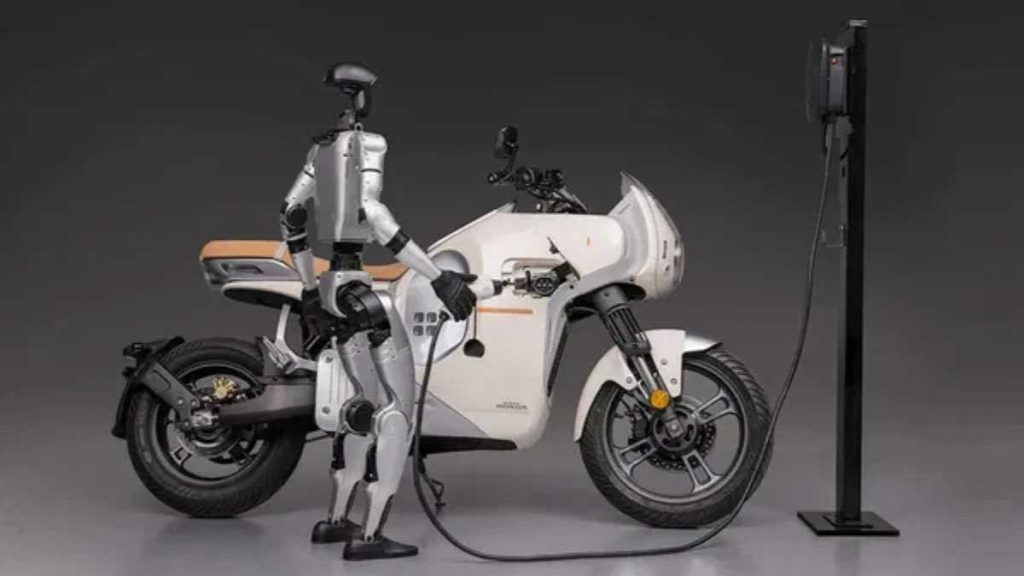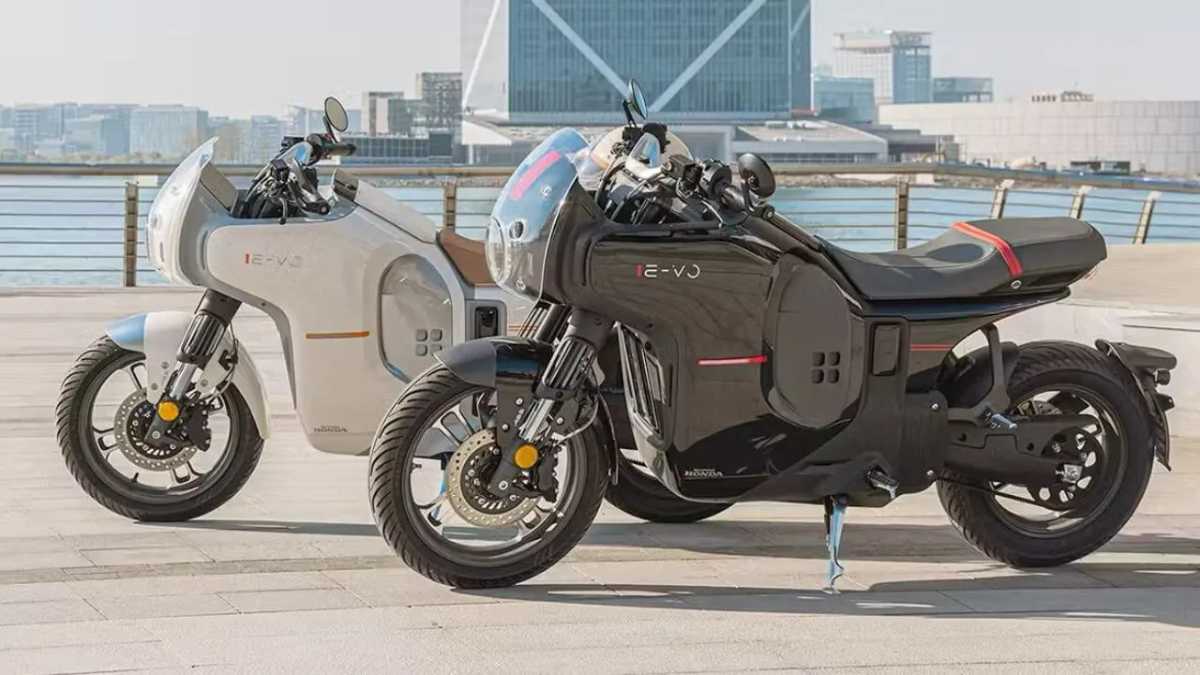Honda has taken a significant step into the electric mobility space with the introduction of the E-VO, an all-new electric motorcycle launched exclusively in China. Developed in collaboration with Chinese manufacturer Wuyang, the E-VO marks Honda’s entry into the electric motorcycle segment through its joint venture brand Wuyang-Honda.
Only for China: No Plans for Global Rollout
Unlike global product launches, the E-VO has been built specifically for Chinese consumers with heavy input from local engineers. This makes it unlikely for the model to be released in international markets, including India. Its design, tech features, and pricing are tailored to suit the preferences and infrastructure of China.

Specifications and Performance: Dual Battery Choices
The E-VO comes in two battery configurations, both aimed at urban commuters:
- A 4.1 kWh version, capable of delivering up to 120 kilometers on a full charge
- A 6.2 kWh model, offering a range of approximately 170 kilometers
The pricing falls in the range of CNY 30,000 to CNY 37,000, translating to ₹3.56 lakh – ₹4.39 lakh in Indian currency.
Also Read:- KTM Goes Electric! KTM E-Duke Prototype Leaked – Launch Closer Than You Think
Design & Build: Lightweight Urban Machine
With its café-racer-inspired styling and all-aluminium frame, the E-VO is both eye-catching and performance-ready. The motorcycle is fitted with semi-slick tyres, 16-inch wheels at the front, and 14-inch at the rear. Depending on the battery size, the weight varies between 143 kg and 156 kg.
Also Read:- Royal Enfield’s Budget Hybrid Beast – 50+ Kmpl & Just ₹1.30 Lakh?
Tech Features Aimed at Modern Riders
Honda has loaded the E-VO with high-tech equipment to enhance both convenience and safety:
- 7-inch digital TFT display
- Navigation and media controls
- Tyre Pressure Monitoring System (TPMS)
- Real-time battery information (SOC)
- Three riding modes: Eco, Normal, and Sport
Notably, the smaller battery variant comes with a front dashcam, while the larger one includes a rear dashcam for added security.

Charging Speeds and Motor Output
The 4.1 kWh model charges in about 90 minutes via home charger and just under an hour with a car charger. The 6.2 kWh unit takes about 2.5 hours at home and 1.5 hours via fast charger. The motor, paired with either battery, delivers up to 20.5 bhp, making it ideal for city rides.
Japan’s Two-Wheeler Giants Slowly Catching Up in EV Space
While global EV brands are racing ahead, Japanese manufacturers like Honda, Suzuki, and Yamaha are gradually stepping into the electric space. Honda recently launched two electric scooters—Activa e and QC1—in India, although both saw lukewarm reception.
Suzuki, on the other hand, is nearing the launch of its first electric model, the e-Access, while Yamaha is still testing its electric scooter based on the River Indie platform, expected to debut by end-2025.

